1.
Introduction
The stability of Hopfield neural networks is a necessary prerequisite in the practical applications of signal processing [1,2], pattern recognition [3], associative memory [4], nonlinear programming [5] and optimization [6]. Accordingly, the stability of various delayed Hopfield neural networks has been received enough attention [7,8,9,10,11,12,13,14,15,16,17,18,19,20,21,22,23,24,25,26,27,28,29,30,31,32,33]. In particular, the neutral delays have been introduced into the model of neural networks and the stability of neutral-type neural networks has become a hot topic [18,19,20,21,22,23,24,25,26,27,28,29,30,31,32,33]. The mathematical model of neutral-type neural networks extends its application domain to a wider class of practical engineering problems, (for the detailed applications of such neural networks, the readers may refer to the references [34,35,36].)
The model of Hopfield neural networks of neutral type considered in this paper is expressed as
where ξ,τ and ci are positive numbers, φi(t) and ϕi(t) are continuous functions, ξij(t) and τij(t) are delay functions, fj(⋅) and gj(⋅) are nonlinear continuous activation functions. These functions satisfy that for every x,y∈R, t≥0 and i,j=1,⋯,n,
where ¯ξ,¯τ,li and mi are some positive numbers. From [37,38], we know that x(t)=(x1(t),⋯,xn(t))T of (1.1) is continuously differentiable.
The mathematical expression of system (1.1) includes some models studied in existing references. For example, when τij(t)=τj(t) and ξij(t)=ξj(t), system (1.1) transforms into the following vector-matrix form studied [18,20]:
whereA=(aij)n×n,B=(bij)n×n,C=diag(c1,⋯,cn),u=(u1,⋯,un)T,
When τij(t)=τij,fj=gj and ξij(t)=ξij (or ξj), system (1.1) transforms into the following system studied in [30]:
or the following system studied in [29]:
Different from the systems studied in [18,19,20,21,22,23,24,25,26,27,28], system (1.1) cannot be expressed in the vector-matrix form due to the existence of multiple delays τij(t) and ξij(t). Therefore, it is impossible to obtain the stability conditions of the linear matrix inequality form for the system with multiple delays [29,31]. In this case, it is necessary to develop new mathematical techniques and find more suitable Lyapunov-Krasovskii functional for the stability analysis of system (1.1).
On the other hand, the results of [18,19,20,21,22,23,24,25,26,27,28,29,30,31,32,33] have only provided the sufficient conditions of global asymptotic stability and have not considered the exponential stability. Actually, in the stability analysis of neural networks, exponential stability is a better property than asymptotic stability since it can converge to the equilibrium point faster and provides information about the decay rate of the networks. Moreover, the exponential stability property can ensure that whatever transformation occurs, the network stability of fast storage activity mode remains unchanged by self-organization [39]. Therefore, the exponential stability analysis of neural networks with multiple time-varying delays is worth investigating.
In addition, based on our careful review of recently almost all the existing stability results for system (1.1), we have realized that the research on the exponential stability of system (1.1) has not received enough attention. These facts have been the main motivations of the current paper to focus on the exponential stability of system (1.1).
The primary contributions and innovations of this work are summarized as follows: (1) novel sufficient conditions of exponential stability are established for Hopfield neural networks of neutral type with multiple time-varying delays; (2) a modified and suitable Lyapunov-Krasovskii functional is provided to study the exponential stability; (3) novel sufficient conditions of global asymptotical stability are provided for the systems studied in the existing references; (4) compared with the existing results, the established conditions are less conservative.
2.
Exponential stability
From [18,20], we know that system (1.1) has at least one equilibrium point x∗=(x∗1,⋯,x∗n)T under the conditions (1.2) and (1.3). By employing the formula yi(t)=xi(t)−x∗i(i=1,⋯,n), system (1.1) can be transformed into the following equivalent system
where
Similarly, system (1.5) can be transformed into the following equivalent system
It is obvious that if the origin of system (2.1) is exponentially stable, then the equilibrium point of system (1.1) is also exponentially stable. Meanwhile, the origin of system (2.1) and the equilibrium point of system (1.1) are also globally asymptotically stable. Now, we state the main stability result for system (2.1).
Theorem 1. Suppose that there exist some positive numbers γ,p1,p2,⋯,pn such that γ<1,max{ˉξ,ˉτ}<1−γ,
Then the origin of system (2.1) is exponentially stable.
Proof. Let
Then, ˙hi(z)<0,hi(+∞)<0,i=1,2,3, and
Therefore, there exist some positive numbers λ1,λ2 and λ3 such that h1(λ1)=h2(λ2)=h3(λ3)=0, which implies that there must exist a positive number λ∈(0,min{λ1,λ2,λ3}) such that
We construct the following Lyapunov-Krasovskii functional [40]
and derive
Taking the right upper Dini derivative of the first term and the time derivatives of the all other terms in the Lyapunov-Krasovskii functional V(t) along the trajectories of system (2.1), we derive
It is noted that for yi(t)≠0,
and for yi(t)=0,
where we use n∑j=1pj|eji|<piγ, and n∑j=1pj|eji|sgn(˙yi(t))ciyi(t)=γpici|yi(t)|=0 when yi(t)=0.
Therefore, for every yi(t)∈R, we have
Then, from (2.3), (2.4), (2.8) and (2.9), we have
Finally, (2.6), (2.7) and (2.10) imply that there must exist a number δ>1 such that
where
Generally speaking, it is not easy to find the values of the positive constants p1,⋯,pn. Therefore, it is necessary to give a result without involving the constants p1,⋯,pn. The following result is a special case of Theorem 1 for p1=⋯=pn, which is easier to validate.
Theorem 2. Suppose that there exists a positive number γ such that
Then the equilibrium point of system (1.1) is globally asymptotically stable, even exponentially stable.
Remark 1. Theorem 1 and Theorem 2 give novel sufficient conditions of global asymptotical stability for the systems studied in [18,20,29,30] since these systems are some special cases of system (1.1).
For system (1.5) or (1.6), Theorem 1 and Theorem 2 give the following results.
Corollary 1. Suppose that there exist some positive numbers γ,p1,p2,⋯,pn such that γ<1,
Then the equilibrium point of system (1.5) (or (1.6)) is globally asymptotically stable, even exponentially stable.
Corollary 2. Suppose that there exists a positive number γ such that γ<1,
Then the equilibrium point of system (1.5) (or (1.6)) is globally asymptotically stable, even exponentially stable.
Remark 2. It is noted that γpici−n∑j=1pjli(|aji|γ+|bji|)>0 and 0<γ<1 can deduce that pici−n∑j=1pjli(|aji|+|bji|)>0. Therefore, the conditions of Corollary 2 are less conservative than those of the result in [29].
Remark 3. For system (1.5), the conditions of Theorem 1 in [30] are as follows:
and 1−∑nj=1|eji|>0,i=1,⋯,n. Example 2 demonstrates the above conditions are not satisfied while the conditions of Corollary 1 and Corollary 2 can be satisfied.
Remark 4. Global asymptotical stability of a more general class of multiple delayed neutral type neural network model has been studied in [31,32]. The results of [31,32] can be particularized for system (2.2) as follows:
i) The sufficient conditions of global asymptotical stability are given in [31]:
and 1−∑nj=1|eji|>0,i=1,⋯,n.
ii) The sufficient conditions of global asymptotical stability are given in [32]:
Example 3 demonstrates the above conditions are not satisfied while the conditions of Corollary 1 and Corollary 2 can be satisfied.
Example 1. Consider system (1.1) with the following conditions:
c1=c2=c3=9,c4=8,fi(x)=tanh(x),gi(x)=0.5tanh(x),ξii(t)=0.1sint+0.1,τii(t)=0.1cost+0.1;ξij(t)=0.1cost+0.1,τij(t)=0.1sint+0.1,i≠j;i,j=1,2,3,4.
We calculate ˉξ=ˉτ=0.1,li=1,mi=0.5,4∑j=1|eji|=0.4 and
It is clear that when γ∈(0.5,0.9), Theorem 2 holds.
Now we choose γ=0.424 and require that
Then, we calculate p1=p2=p3=2.2222,p4=2.5000, and
Thus, all conditions of Theorem 1 are satisfied.
If we choose γ=0.423 and still require that
Then pi<0,i=1,2,3,4. Therefore, when γ∈[0.424,0.9), the system (1.1) in this example is globally asymptotically stable, even exponentially stable.
Example 2. Consider system (1.5) with the conditions: c1=c2=c3=9,c4=8.5,fi(x)=tanh(x),ξii=0.2,τii=0.1;ξij=0.3,τij=0.4,i≠j;i,j=1,2,3,4, the matrices A,B,E are the same as in Example 1.
Then, we calculate li=1,4∑j=1|eji|=0.4 and
It is clear that when γ∈(8/9,1), Corollary 2 holds.
Now we choose γ=0.85 and require that
Then, we calculate p1=p2=p3=0.0708,p4=0.0750, and
Thus, all conditions of Corollary 1 are satisfied.
On the other hand, we calculate
which shows the conditions of Theorem 1 in [30] are not satisfied. Therefore, Theorem 1 in [30] is invalid for the system (1.5) in this example.
Example 3. Consider system (2.2) with all parameters and functions are the same as in Example 2. Then, we calculate li=1,∑4j=1|eji|=0.4,
Therefore, the sufficient conditions of the results in [31,32] are not satisfied. Meanwhile, all conditions of Corollary 1 and Corollary 2 are staisfied for system (2.2) since system (1.5) is equivalent to system (2.2).
3.
Conclusions
This paper has investigated the exponential stability of neutral-type Hopfield neural networks involving multiple time-varying delays. Different from some existing results, linear matrix inequality approach cannot be used to determine the stability conditions of such networks since the networks studied here can not be expressed in vector-matrix form. By using a modified and suitable Lyapunov-Krasovskii functional and inequality techniques, novel algebraic conditions are established to ensure the exponential stability and the global asymptotic stability of neutral-type Hopfield neural networks involving multiple time-varying delays. Compared with some references, the networks studied here is more general and the established conditions are less conservative. Three examples are given to demonstrate the effectiveness of the theoretical results and compare the established stability conditions to the previous results.
Acknowledgments
The authors would like to thank the editor and the reviewers for their detailed comments and valuable suggestions. This work was supported by the National Natural Science Foundation of China (No: 11971367, 11826209, 11501499, 61573011 and 11271295), the Natural Science Foundation of Guangdong Province (2018A030313536).
Conflict of interest
All authors declare no conflicts of interest in this paper.













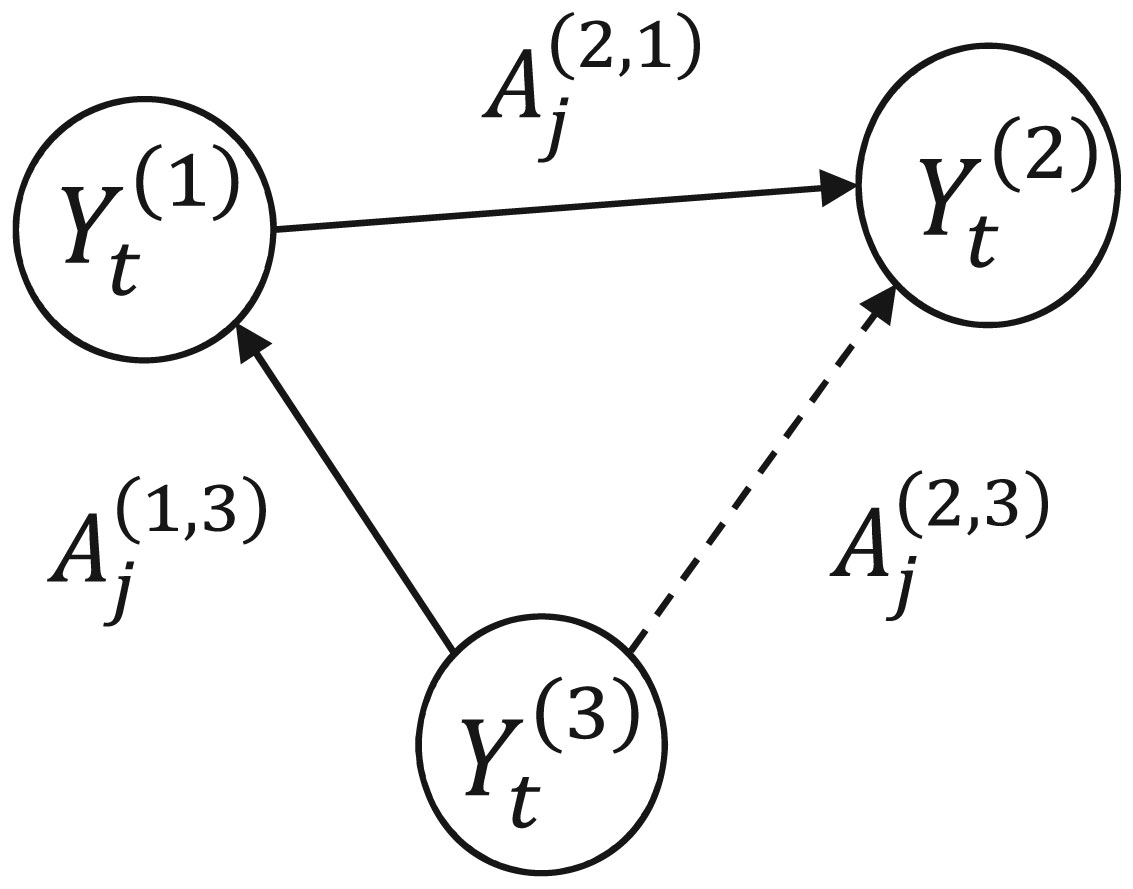
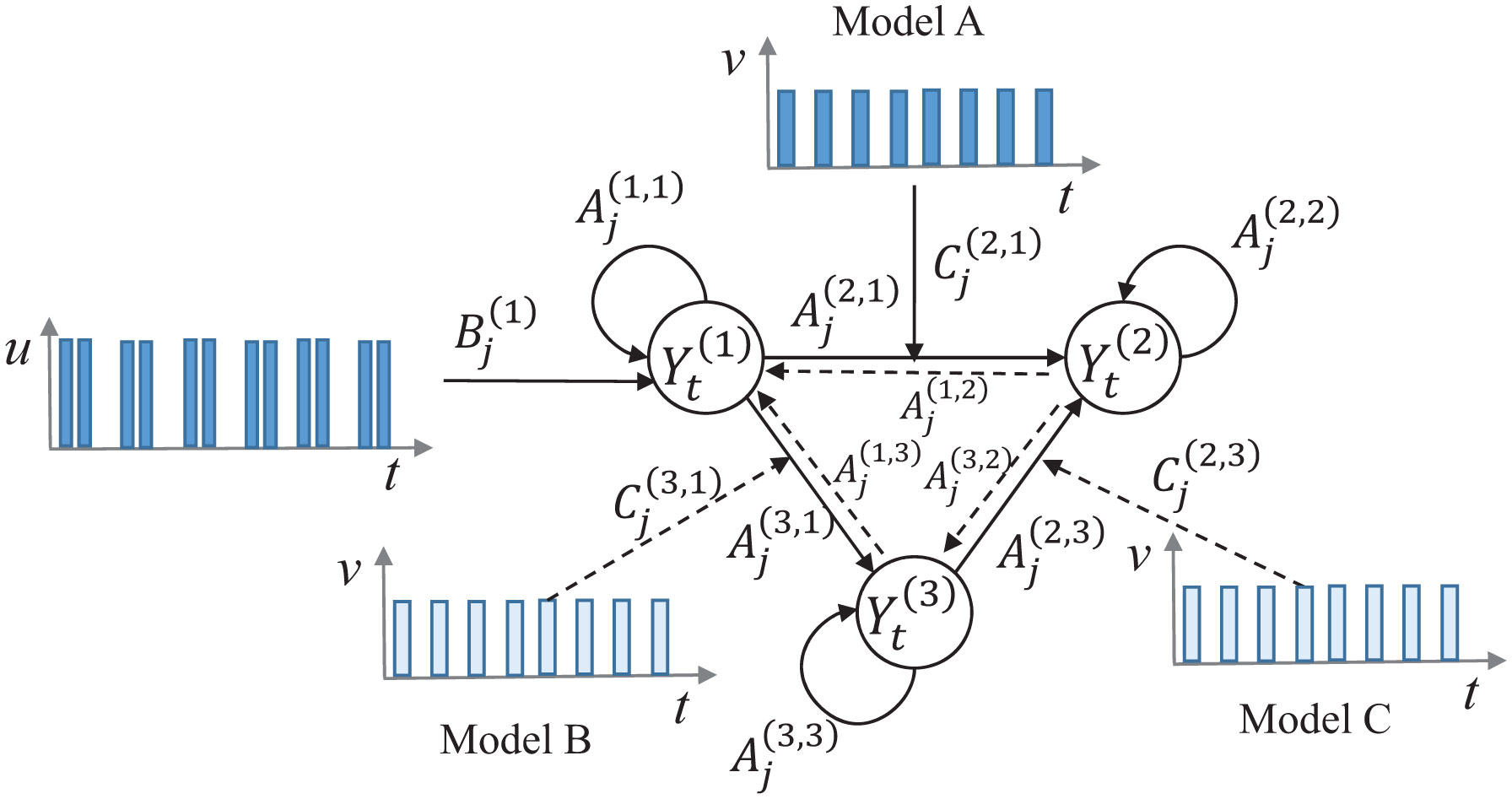
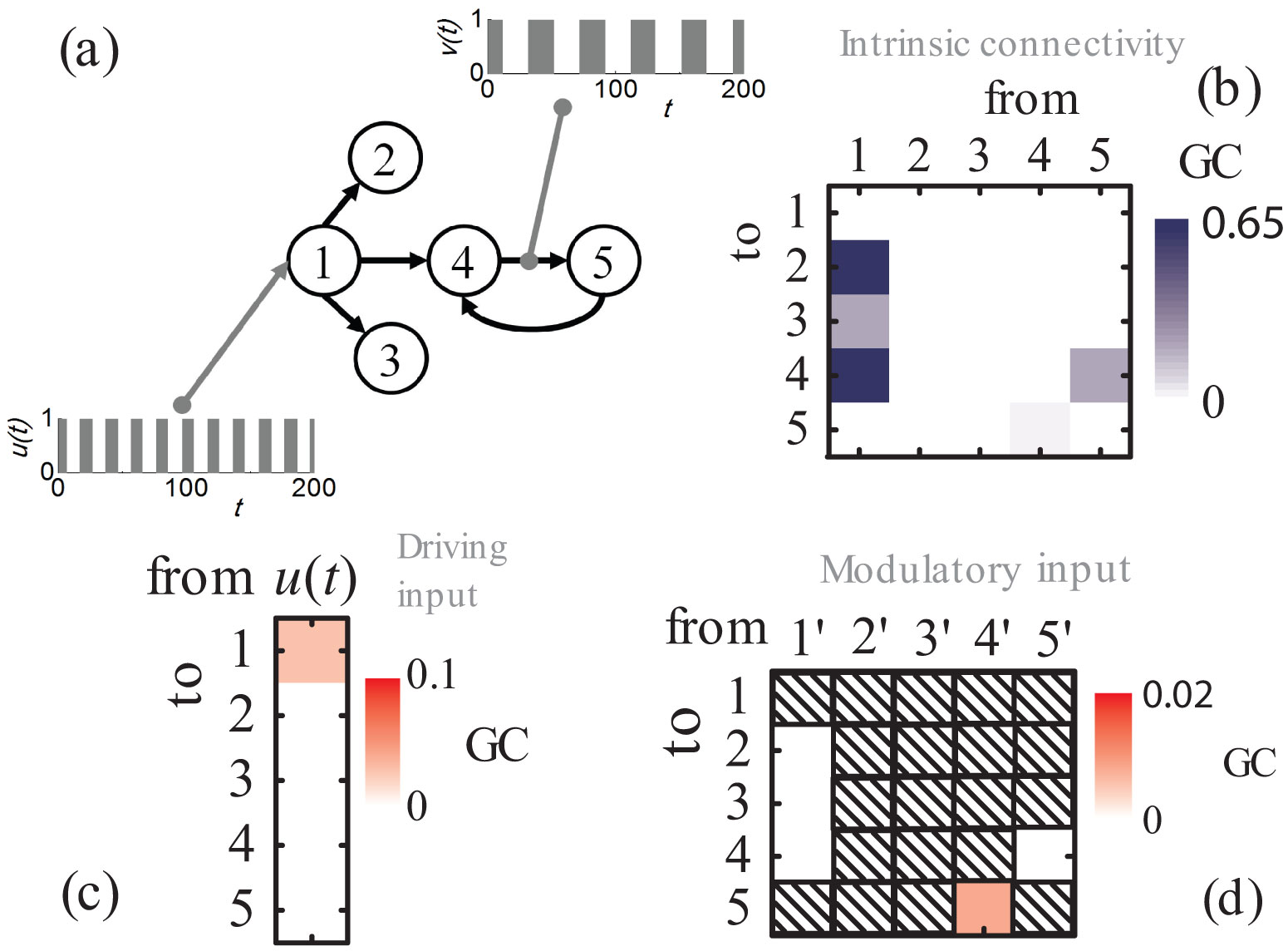
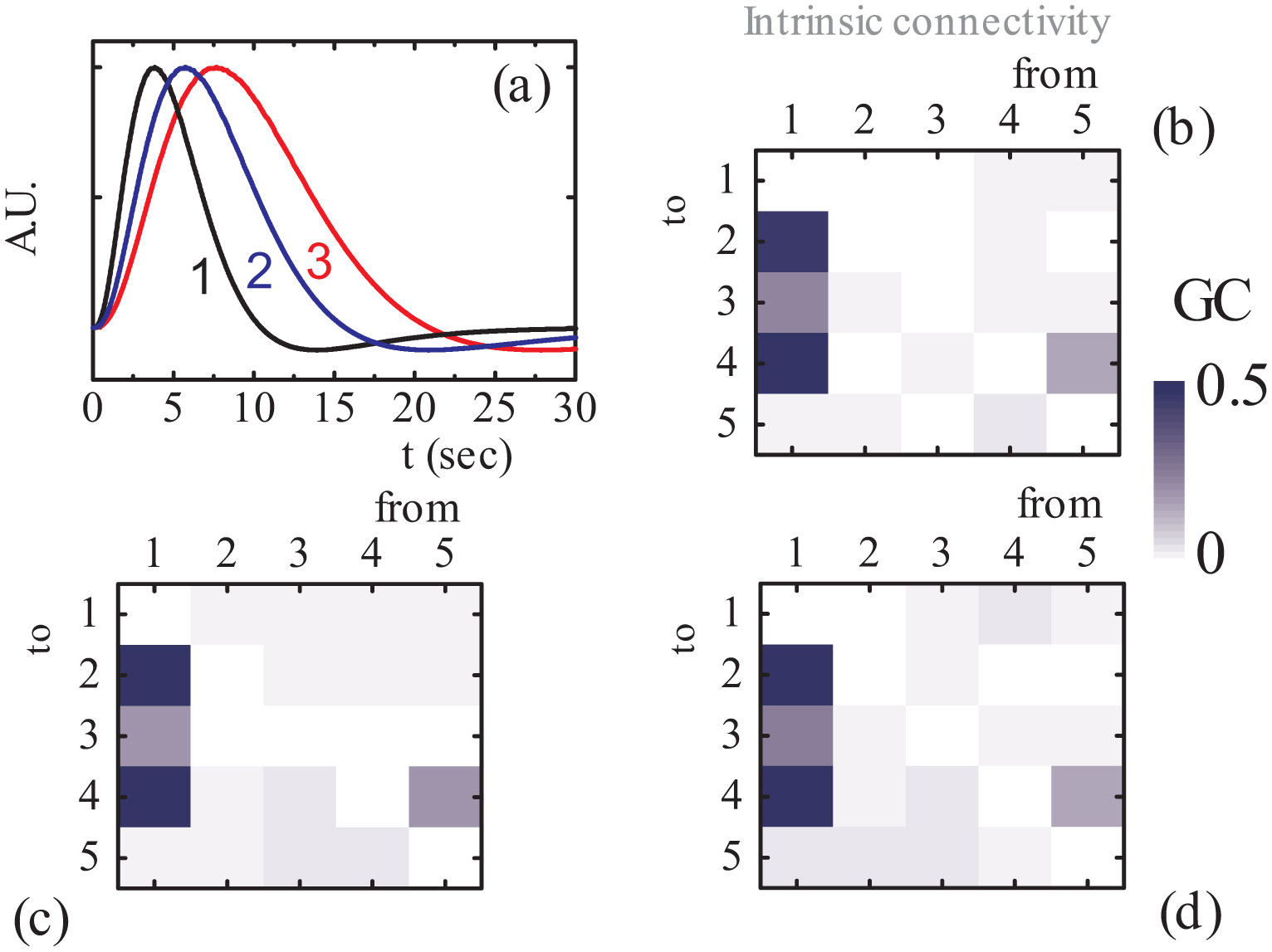
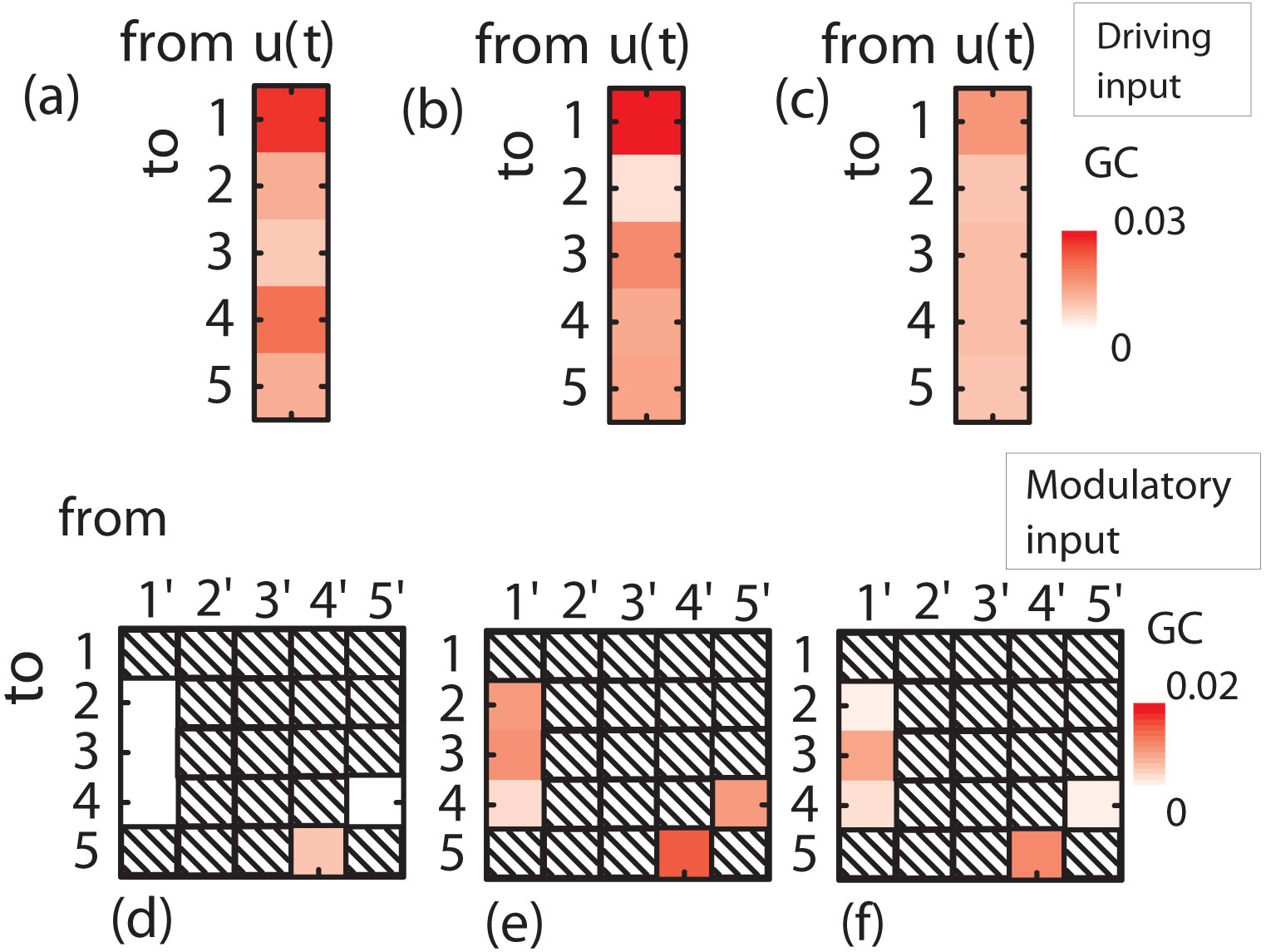
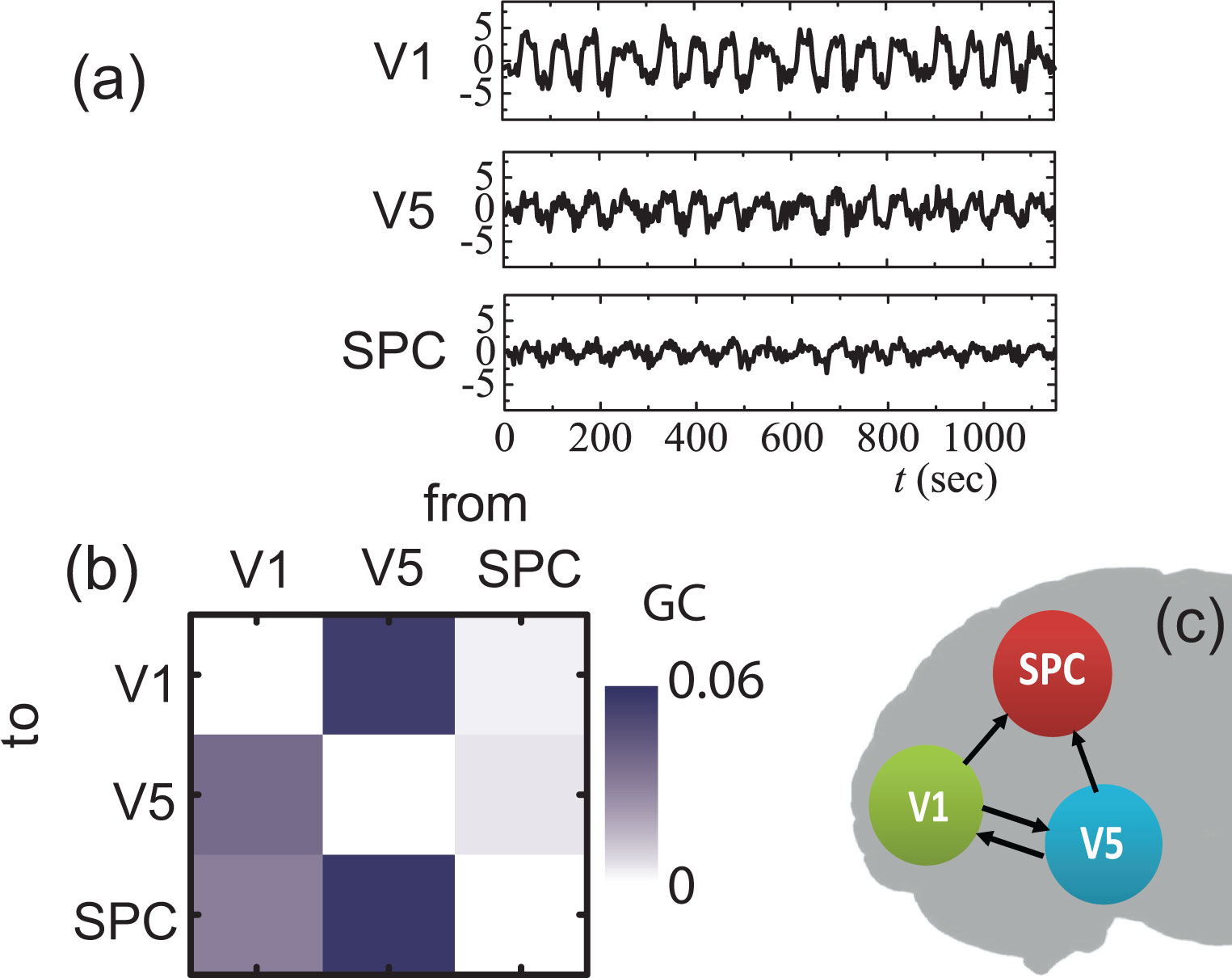

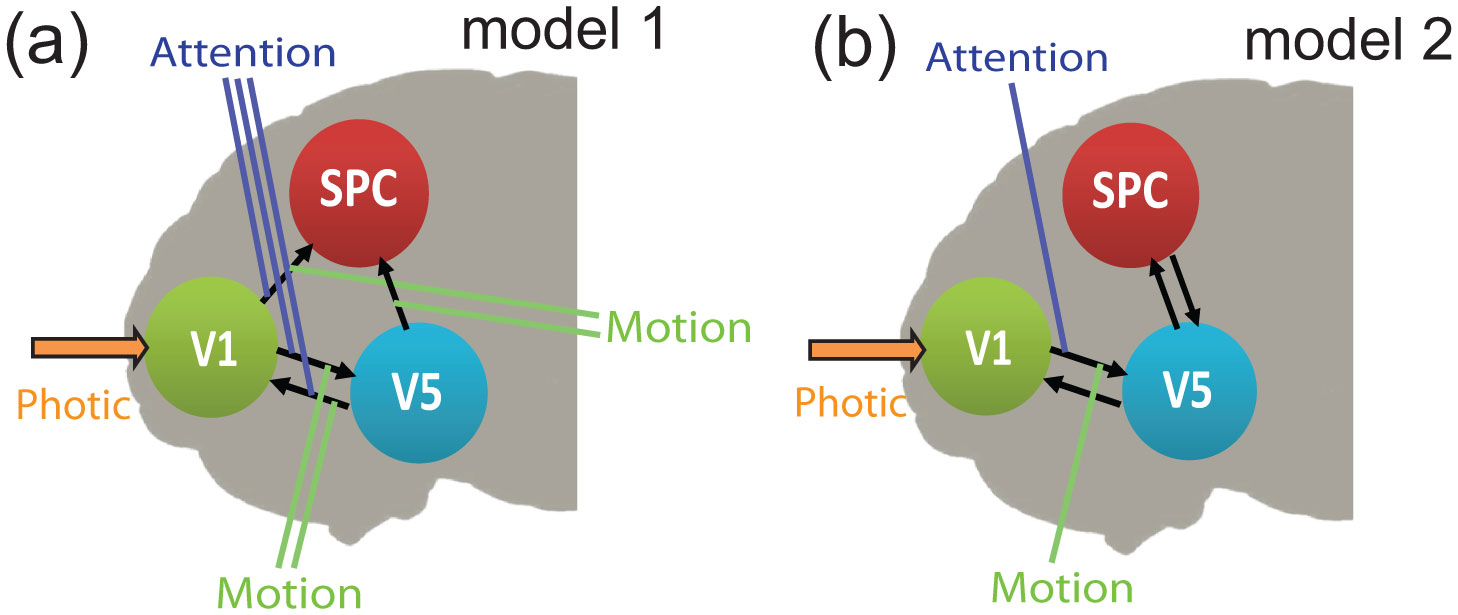


 DownLoad:
DownLoad: